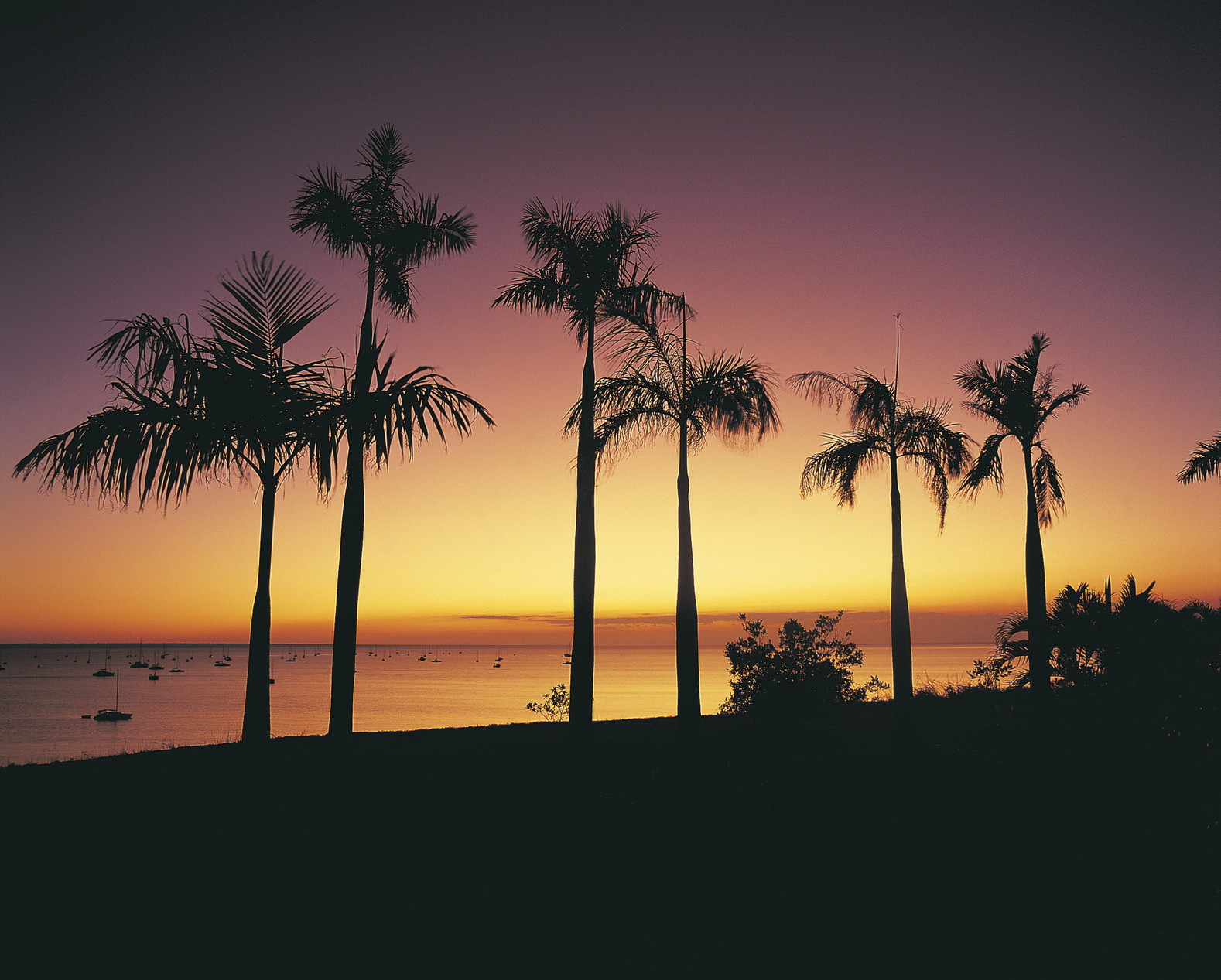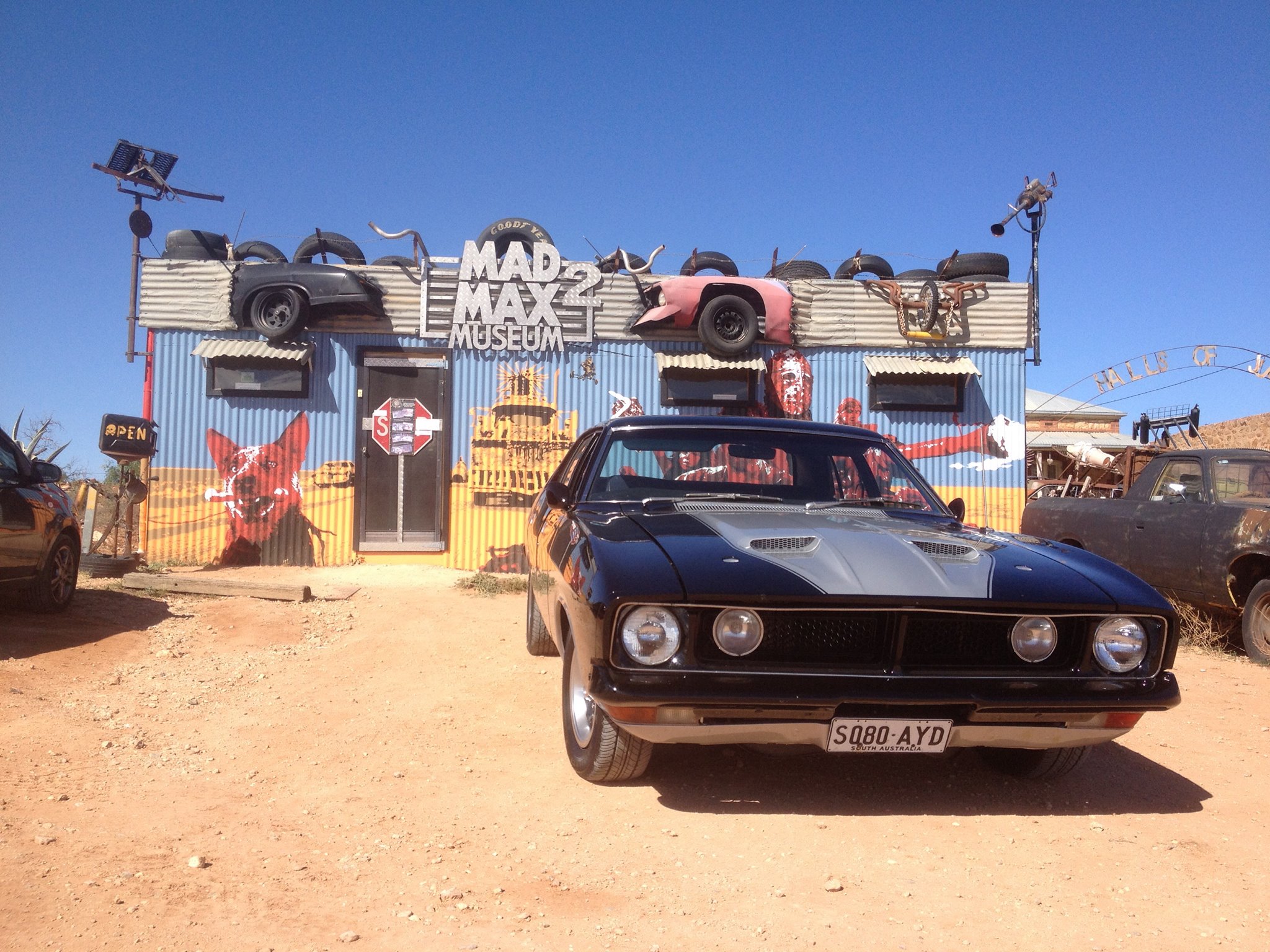The Top 5 Essential Daytrips From Tokyo

Owen Lindsay was editor of Adelaide free press Merge Magazine,…
Tokyo is a big magnet. On your first visit to the city, it’s easy to get stuck there – following narrow laneways through to tiny bars, jumping between neon-lit karaoke rooms and elegant restaurants, and hopping aboard trains bound for mystery destinations. But if you can manage to pull yourself away from the magnetic force for a day, there are a heap of unforgettable, must-visit spots just a short train ride out of the big smoke.
#1 Hakone
Where: Kanagawa Prefecture
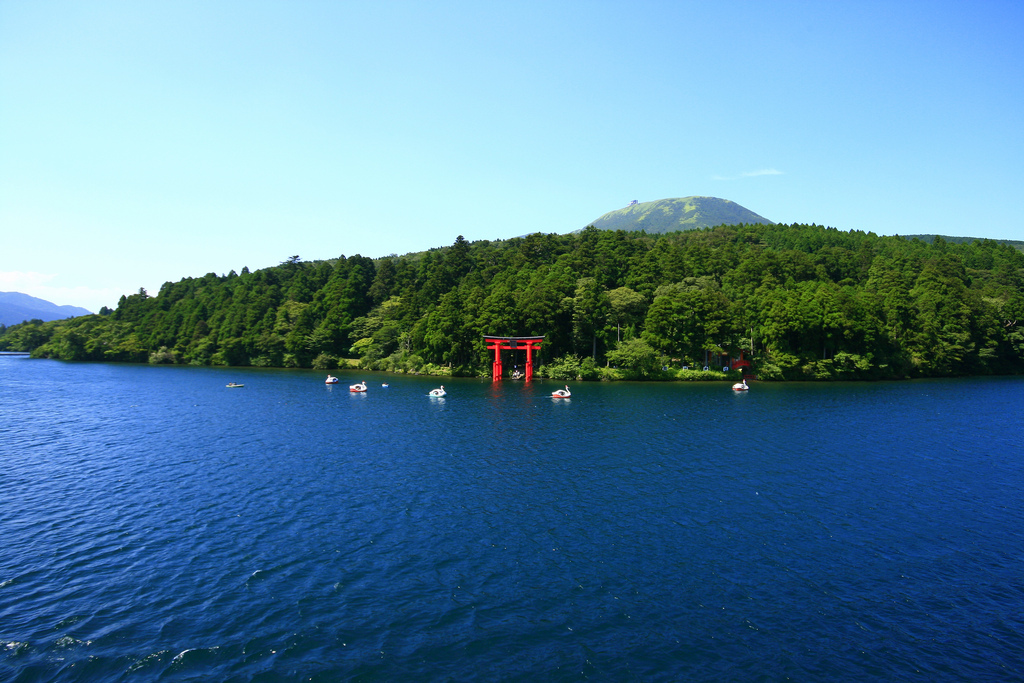
Nestled in the shadow of Mount Fuji, Hakone is a one-stop destination for a side of Japan you won’t get in Tokyo: spectacular, rolling mountain ranges, hot springs, slightly-unnerving ropeway rides and cruises in faux-18th century pirate ships (yes). All of these things can be packed into one solid day – and, even better, if it’s a clear day, you’ll get excellent views of Fuji-san. (Note: Parts of Mt. Hakone are currently ready to blow, so these sections have been closed to tourists.) Daytime admission for onsen (hot springs) is usually around $15AUD yen, and it’s worth tracking down a place with good outside baths so you can enjoy the weirdness of being naked in volcano water looking at nature. Also be sure to track down a black egg (kuro-tamago) cooked in one of the bubbling sulphur springs – legends say that one egg extends your life by seven years.
Getting there: Hop aboard the Odakyu Limited Express ‘Romance Car’ from Shinjuku station and take the train an hour-and-a-half south to Hakone-Yumoto station.
#2 Nikko
Where: Tochigi Prefecture
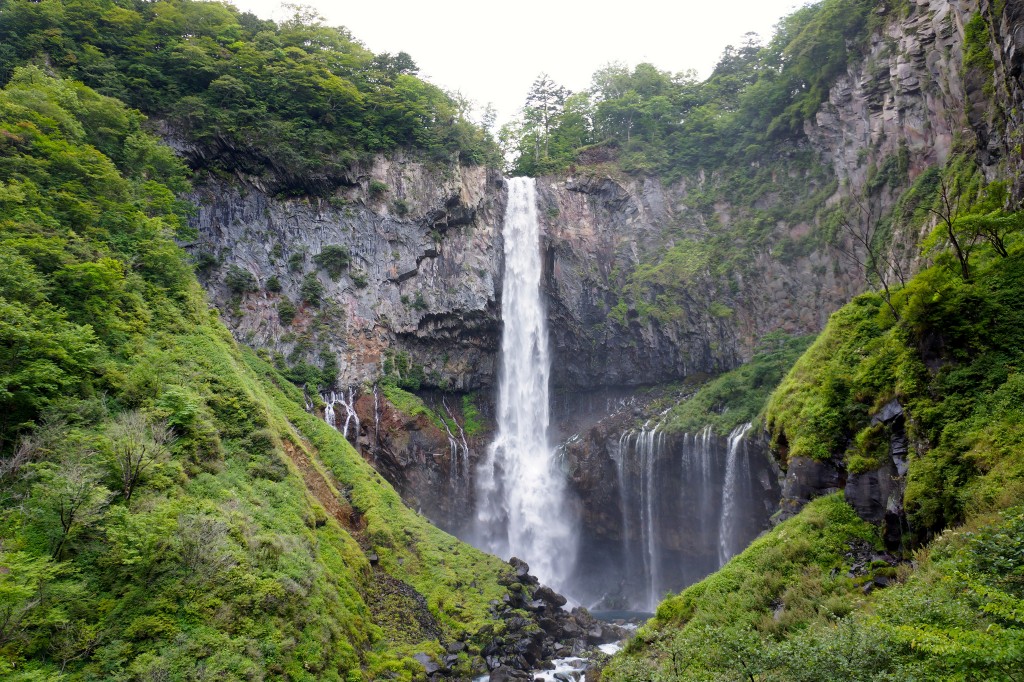
Although it’s a popular tourist spot, there’s something about Nikko that feels a little bit like an adventure. With its ancient temples hidden away inside old mountain forests, it’s like an unexplored version of Kyoto – so if you don’t have time to make it out to that city, Nikko is an excellent alternative. Nikko is the birth place of the ‘three monkeys’ (hear no evil, see no evil, speak no evil), and is the burial place of 17th century shogun Tokugawa Ieyasu, who is possibly the most important figure in all Japanese history (so, basically the equivalent of Steve Irwin). The town and its surrounds are incredibly picturesque all year around, but they become especially impressive when autumn turns the mountains orange.
Getting there: You can hop on an express train at Asakusa station and take a scenic two hour ride to Nikko ($25AUD) – but if you’re able, rent a car and coast up the Tohoku Expressway. You might even spot a few monkeys along the way.
#3 Kamakura
Where: Kanagawa Prefecture
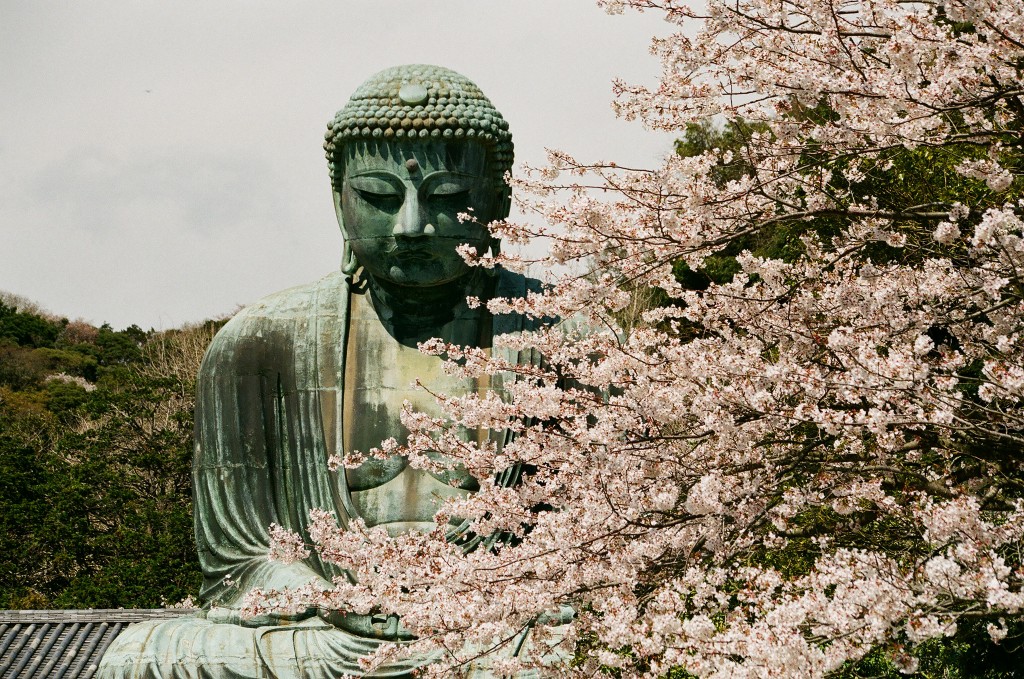
After spending some time getting a nice neon tan in Tokyo, Kamakura is great place where you can get your fix of traditional Japan. This coastal town, which was once the political centre of Japan, is packed full of temples, shrines, and general ye olde worlde charm. Especially worth checking out is the Kamakura Daibutsu – the second-largest bronze Buddha in Japan, which has sat here in quiet contemplation for the past 750-odd years. Aside from this, renting a bicycle and cruising around the narrow, low streets of Kamakura between temples is highly recommended.
Getting there: There are several train lines that take you direct from Shinjuku to Kamakura, which is a leisurely ride an hour south of Tokyo ($10AUD).
#4 Kawagoe
Where: Saitama Prefecture
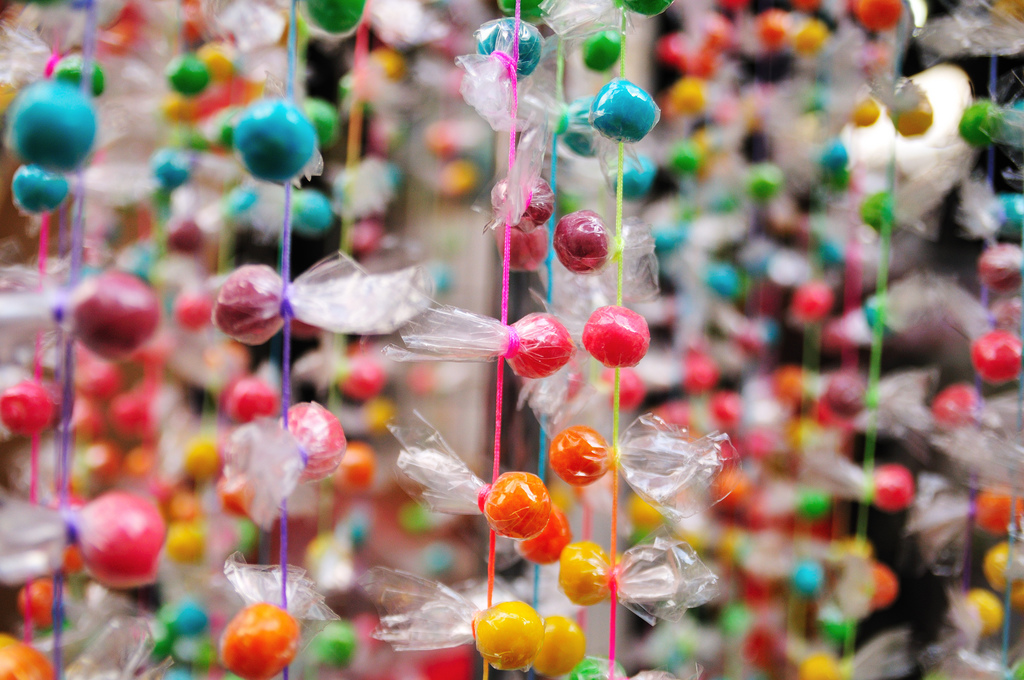
Following the 1923 Great Kanto earthquake and World War II firebombings, much of the old parts of Tokyo were lost. Luckily, Kawagoe – a ‘little Tokyo’ just a short train ride out of Tokyo – still stands, and can give you a good idea about what pre-war Japan looked like. The narrow laneways and old wooden buildings make for good exploring, and you should make time to visit Kita-in temple – it contains part of the original Edo (Tokyo) Castle, which itself crumbled into dust after the big 1923 quake. Be sure also to head to ‘Candy Alley’ to snap up some traditional Japanese candy, including Kawagoe’s speciality: sweet potatoes (also available in ice cream form).
Getting there: Kawagoe is an easy, half-hour ride from Ikebukuro station on the Tobu Tojo line, and costs around $5AUD.
#5 Fuji Q Highland
Where: Yamanashi Prefecture
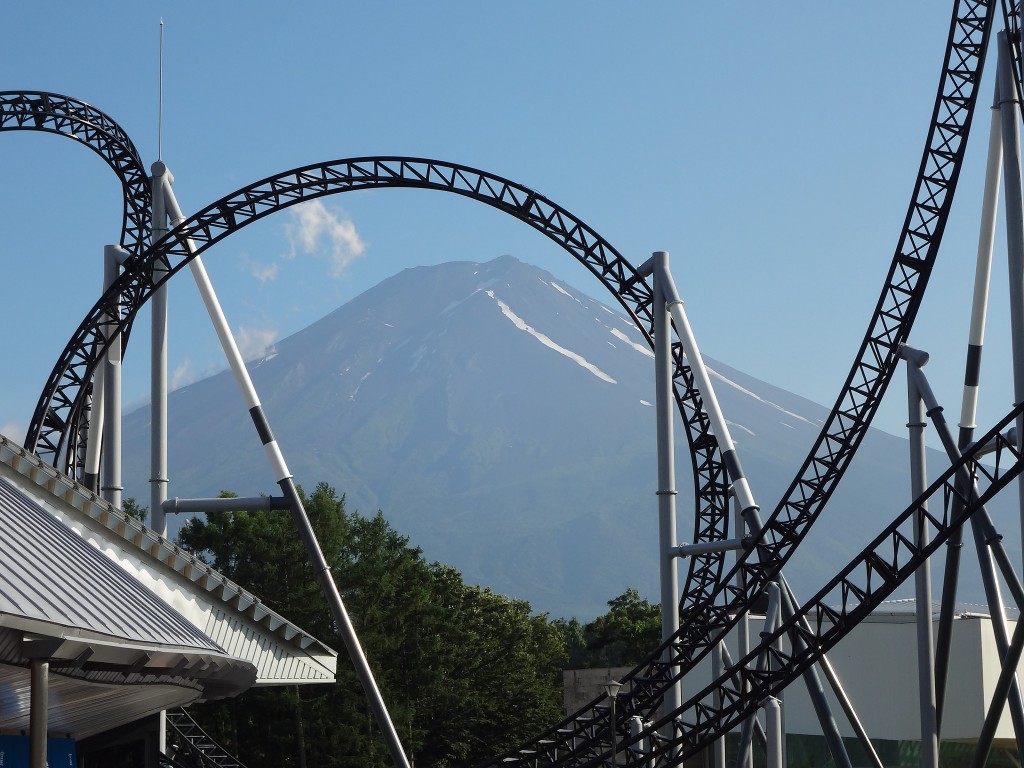
Visiting traditional Japanese temples and shrines is all well and good, but once you’ve seen too many you may find yourself afflicted with the scientifically-proven condition known as Toomuchtemple-itis. If affected, head straight to Fuji Q Highland. Known to Tokyoites as the home of the most extreme rollercoasters and frightening haunted houses in the country, Fuji Q has something for everyone who enjoys terrifying themselves. Be sure to subject yourself to Eejanaika (the roller coaster with the highest total number of spins in the world), Takabisha (a huge brand new roller coaster with “the steepest drop in the world at 121°”), and the Super Scary Labyrinth of Fear (no further description necessary). Get the “free pass” ticket ($52AUD), so you don’t have to pay by the ride.
Getting there: The best access for Fuji Q is a highway bus from Shinjuku or Tokyo stations. The ride takes about an hour-and-a-half, and costs around 2,000 yen.
Owen Lindsay was editor of Adelaide free press Merge Magazine, and has since written for many other major South Australian publications, including Collect Magazine, fivethousand and CityMag.

